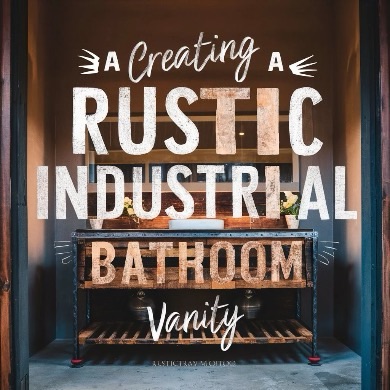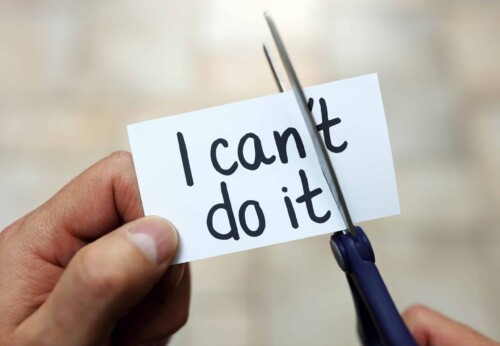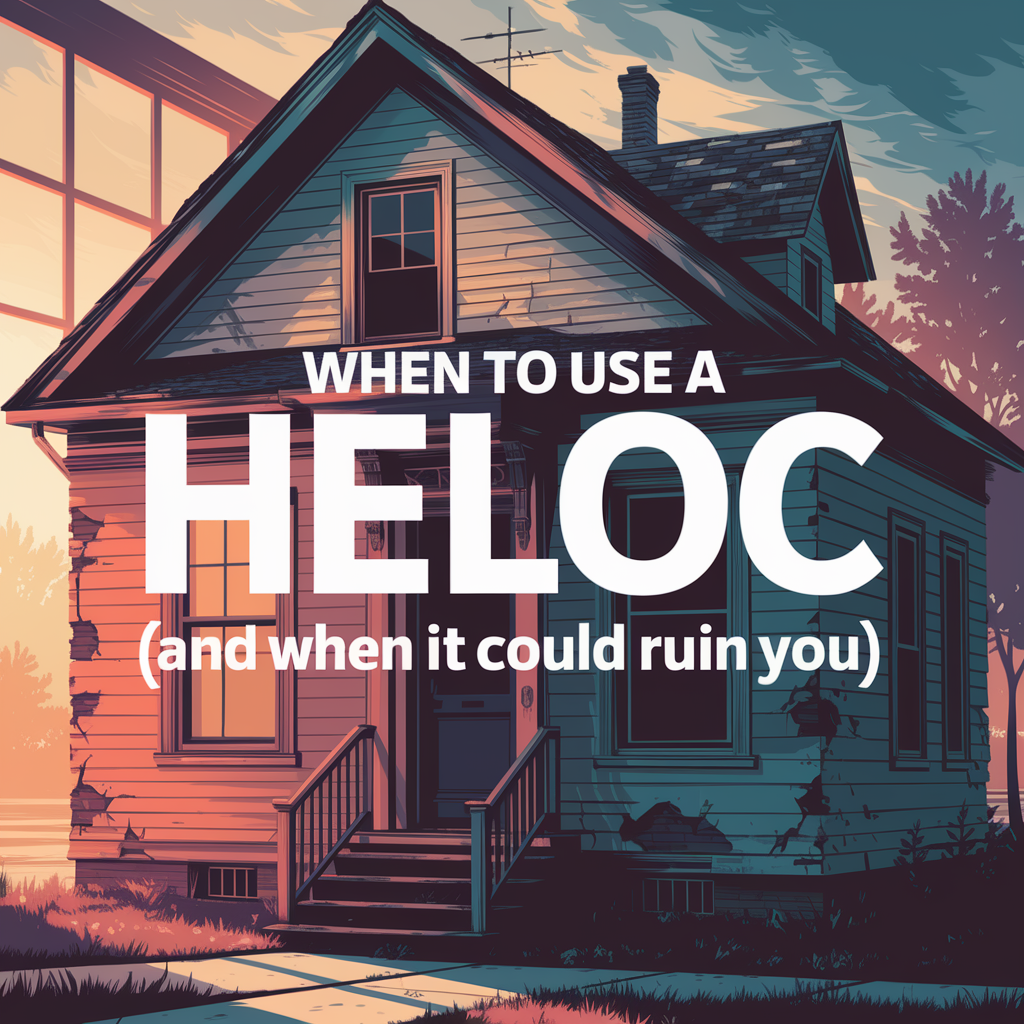
What Is a HELOC and How Does It Work?
A HELOC—short for Home Equity Line of Credit—is like having a credit card backed by your house. Sounds wild, right? But it can actually be a smart financial tool if you understand how it works and don’t treat it like free money.
Here’s how I explain it to friends: a HELOC lets you borrow against the equity you’ve built in your home. So if your house is worth $300,000 and you owe $200,000, you might be able to borrow up to $50,000 or more with a HELOC. But just because you can doesn’t mean you should.
Key things to know about HELOCs:
- Draw period vs repayment period – You get a “draw” window (often 5–10 years) to borrow and repay as needed. After that, the repayment period kicks in and you can’t borrow anymore.
- It’s a revolving line of credit – Like a credit card, you can borrow, repay, then borrow again.
- Interest rates are variable – Most HELOCs don’t have fixed interest, so your payments can fluctuate.
- You’re putting your home at risk – If you don’t repay, you could lose your house. That’s no joke.
If you’re not good with managing money or you’ve got a habit of “borrowing” and never repaying, this could be dangerous. But when used right, it can be a smart, flexible financial backup plan—especially when planned alongside a realistic monthly budget.
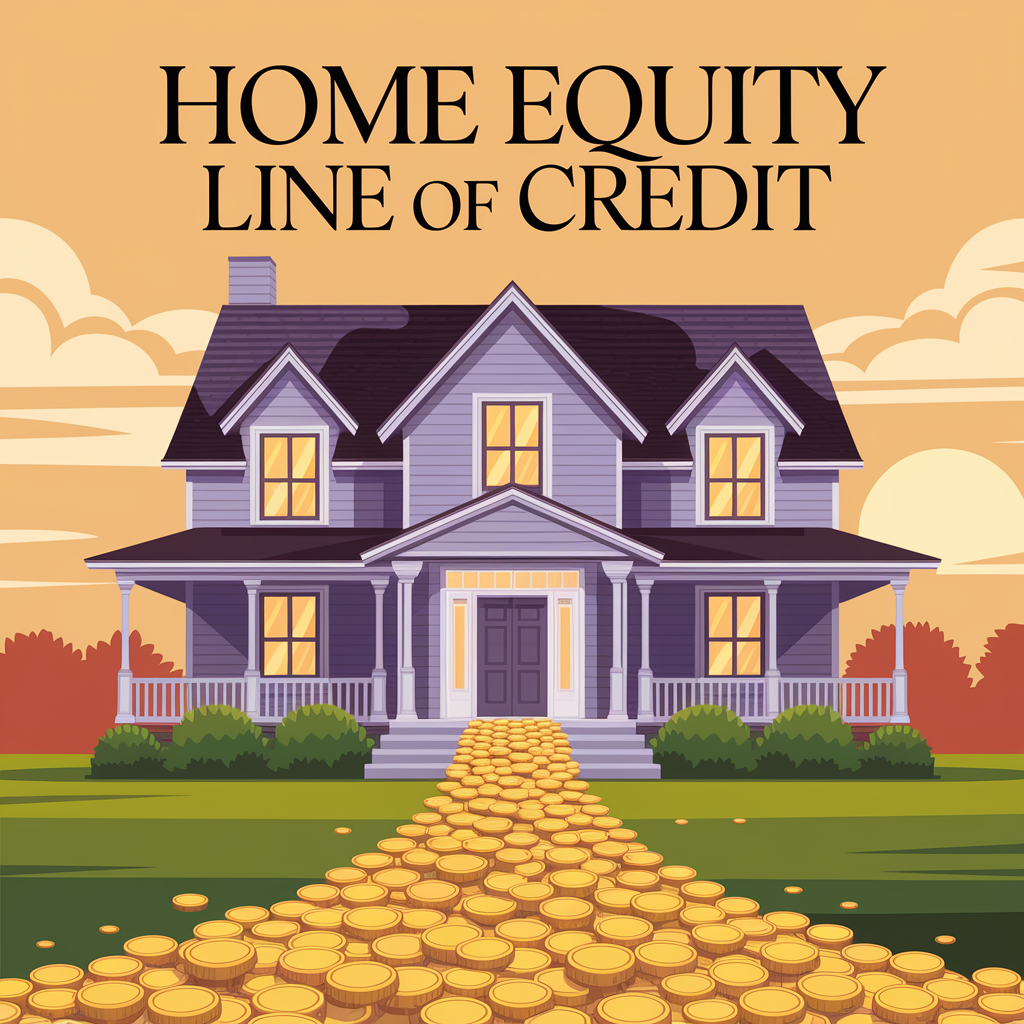
When Is It Actually Smart to Use a HELOC?
I’ve personally used a HELOC once, and I did a ton of research before pulling the trigger. The key? Only use it for something that builds value, saves you money, or solves a real emergency. Anything else? Probably not worth the risk.
Smart reasons to use a HELOC:
- Home improvements that increase your property value
Things like a kitchen upgrade, roof replacement, or an energy-efficient HVAC system. I linked this with projects from DIY Home Wizard that increase home value to help me decide what was worth financing. - Emergency home repairs
A busted water heater or broken HVAC in the middle of summer? A HELOC helped me cover repairs when savings came up short. - High-interest debt consolidation
If you’re paying 22% on credit cards and can get a HELOC at 8% or less, that could be a smart move—but only if you’re ready to stop the overspending that caused the debt in the first place. - Bridge gap funding for short-term needs
Maybe you’re selling a house and buying another. A HELOC can help smooth the cash flow temporarily.
Whatever the reason, make sure it’s solving a real problem—not creating one. And if you’re tempted to borrow just to “feel less broke,” it’s better to try a weekend side hustle or cut expenses before you turn to home equity.
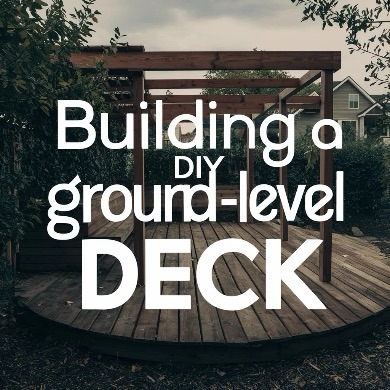
When Using a HELOC Is a Terrible Idea
Just because your bank approves you for a $50,000 HELOC doesn’t mean you should run out and use it. Trust me—I’ve seen people tank their finances by using home equity for the wrong things. And yeah, some of these decisions seemharmless at first… but they can backfire fast.
Bad reasons to use a HELOC:
- Vacations or travel
A beach getaway on borrowed money? No thanks. You’re still paying for that trip years after your tan fades. - Buying a car
A car loses value the second you drive it off the lot. Borrowing against your home to buy one? That’s stacking debt on a depreciating asset. - Paying off credit card debt (without changing your habits)
If you consolidate your credit cards into a HELOC but keep spending like before, you’re digging a deeper hole. First fix the bad money habits before refinancing anything. - Starting a business without a plan
Using your home as a bank to launch a business can work—if you’ve tested it, validated the market, and have a solid plan. But if it’s just a hunch? That’s gambling, not investing. - Impulse upgrades
Fancy kitchen backsplash? Sure, it’s pretty. But if it won’t raise your home’s value or quality of life in a big way, it might be worth waiting and saving.
You’ve got to think long-term here. Unlike a personal loan, a HELOC puts your home on the line. So don’t risk it for temporary comfort or flashy stuff. Always ask: Would I still borrow this money if I had to pay it back next month? If not, it’s probably not a smart use of a HELOC.

Pros and Cons of Using a HELOC
Let’s break this down like a normal person would weigh any big decision—what’s good about a HELOC, and what could totally bite you later?
Pros:
- Low interest rates (compared to credit cards)
Usually way cheaper than your average credit card—especially with good credit. - Only pay interest on what you use
You don’t owe interest unless you actually draw from it. It’s like a rainy-day fund you don’t get charged for until it rains. - Flexible borrowing and repayment
Unlike a traditional loan, you can borrow a little here and there instead of getting one big lump sum. - Potential tax benefits
Interest may be deductible if used for qualified home improvements—check with your tax pro.
Cons:
- Your home is collateral
Miss payments, and you could lose your house. That’s the worst-case scenario, and it’s very real. - Variable interest rates
Your rate could go up without warning, which means your payments can suddenly increase too. - Temptation to overspend
When that credit line is just there, it’s easy to use it for things you don’t truly need. - Closing costs or fees
Some lenders charge upfront fees, annual fees, or prepayment penalties.
If you’re thinking about a HELOC, this list should help you slow down and assess whether it fits into your bigger financial picture—or if it’s just a shortcut to long-term regret.

Best Ways to Use HELOC Funds for Homeowners
Alright, let’s talk about the smart stuff—how homeowners like me (and probably you too) can actually use a HELOC to improve their financial situation, not destroy it. If you’re gonna borrow against your house, it better be for something that gives back in the long run.
1. Upgrades That Boost Property Value
You want to use that borrowed money in a way that actually pays off. This could mean adding square footage, remodeling a kitchen, or finishing a basement. These projects can seriously increase your home’s resale value—and make your living space more enjoyable in the meantime.
A great way to get inspired? Check out these budget-friendly home improvement ideas that actually make a difference without draining your wallet.
2. Energy-Efficient Upgrades
I’m talking solar panels, new windows, better insulation, or a high-efficiency HVAC system. These aren’t just good for the environment—they can cut your utility bills and sometimes qualify for tax breaks too.
3. Emergency Repairs
Roof leaks, busted plumbing, or a dead water heater don’t wait for your savings to catch up. A HELOC can be a quick solution when your emergency fund falls short. Just make sure you’re not dipping in for things that could’ve waited.
4. Garage and Outdoor Expansions
Think: building a shed, installing a deck, or upgrading your garage setup. These types of improvements not only increase functionality but also curb appeal and long-term value.
And if you’re a weekend DIYer like I am, you’ll love this shed building guide from DIY Home Wizard—it helped me plan mine from scratch without wasting time or cash.

Should You Use a HELOC to Pay Off Debt?
This one’s tricky. A lot of people hear “consolidate your credit cards into a HELOC” and think it’s some kind of financial reset button. And while it can be… it’s only smart if you fix what caused the debt in the first place.
When it could be a good move:
- You have high-interest credit cards (think 20%+)
- You have a steady income and a solid budget
- You’re serious about never racking up that debt again
You could save thousands in interest if your HELOC rate is much lower. But again, this only works if you don’t go charging those credit cards back up. (Yep, I’ve seen that happen—don’t be that guy.)
Before going that route, make sure you’re armed with a plan. Here’s a guide I found helpful when I started clearing my own debt: how to pay off credit cards faster. Pair it with a HELOC, and you’ve got a real strategy—not just another band-aid.

Can You Use a HELOC to Invest?
This is one of those spicy topics that gets a lot of financial people worked up—and I get why. Using borrowed money to invest can either fast-track your gains or amplify your losses. And when your house is on the line? That adds pressure most folks just aren’t built for.
Here’s when it might make sense:
- You’re investing in real estate
Let’s say you’re buying a rental property and need a down payment fast. If your expected rental income covers the HELOC payments (and then some), this could actually be a solid move. - You have a proven investment strategy
If you’ve already been investing for years and know how to spot a good deal (like undervalued stocks, crypto dips, or short-term flips), using a HELOC can work—if you’re cool with the risks. - You’re using a platform with good returns
I’ve personally explored platforms like Fundrise for real estate investing. It’s passive, low-barrier, and has decent long-term growth. Learn how it works here: Easy Real Estate for Everyone—Try Fundrise.
Why it could be dangerous:
- Market crashes don’t care about your plans
- You still have to make HELOC payments—even if your investments lose money
- You might panic and sell low, losing both the investment and equity
Bottom line? Using a HELOC to invest is not for beginners. If you’re brand new to the game, stick with more beginner-friendly, low-risk options. Start investing with $10 and grow from there instead of putting your home on the line right away.

Is a HELOC Better Than a Home Equity Loan?
A lot of folks mix these two up—but they’re not the same. While both use your home as collateral, the way they pay out and how you repay them are very different. I’ll break it down like I would to a buddy asking me at a cookout.
HELOC:
- Works like a credit card—you borrow, pay it back, and can borrow again
- Variable interest rate (can go up or down)
- Flexible, good for ongoing expenses
Home Equity Loan:
- You get one lump sum upfront
- Fixed interest rate (steady payments)
- Better if you know exactly how much you need
I used a HELOC when I wasn’t sure how much a home project would cost and wanted the flexibility to pay as I went. But if you’re knocking out a specific big-ticket repair—like a new roof or foundation work? A home equity loan might be the better fit.
And if you’re wondering how these loans might affect your home’s future value or renovation plans, don’t miss this practical piece on DIY upgrades that actually raise home value. Every smart move adds up.

What Should You Ask Yourself Before Getting a HELOC?
Before you sign anything, take a step back and ask yourself the real questions—not just “Can I get one?” but “Should I?” Because a HELOC might sound simple, but it can reshape your entire financial path—for better or worse.
Here’s what I personally asked myself before pulling the trigger:
- Why do I need this money?
If your answer is anything other than “to improve my home’s value” or “to consolidate high-interest debt with a rock-solid plan,” you need to slow down. - Can I realistically afford the payments if rates go up?
HELOCs usually have variable interest rates, so don’t just plan for today’s payment—plan for what it could be next year. - Do I have a backup plan if life throws a curveball?
Lost job, medical bills, surprise expenses—you still have to make those payments. Missing them puts your home at risk. - Am I disciplined enough not to treat this like “free money”?
This one’s big. I’ve seen people treat their HELOC like a credit card and regret it for years. Borrow only what you need, and stick to your original purpose.
You wouldn’t use a chainsaw to trim a rose bush, right? Same goes for your money—know the tool, and use it right.
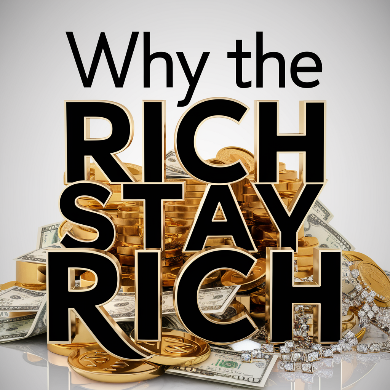
Common Questions People Ask About HELOCs
There are a bunch of what-if questions swirling out there, so let me knock out a few quick answers people are always Googling:
Can I use a HELOC for anything?
Technically yes—but that doesn’t mean you should. Stick to stuff that improves your financial life or adds value to your home.
Does using a HELOC hurt your credit?
If you manage it responsibly, it can actually help by improving your credit utilization ratio. But max it out or miss payments? That’ll hurt.
How much can I borrow with a HELOC?
It depends on your home equity, income, and credit score. Usually up to 85% of your home’s value minus what you still owe on your mortgage.
Can I use a HELOC as an emergency fund?
It’s risky. It’s better to have actual savings set aside, but in a real pinch, a HELOC can act as a backup—just know the costs.
Is a HELOC tax deductible?
Only if you use the funds for home improvements—and even then, consult a tax pro to be safe.
Want more practical homeownership advice while you’re thinking about your financial picture? I highly recommend checking out these 10 money-saving tips for homeowners. They go hand-in-hand with smart HELOC use.
